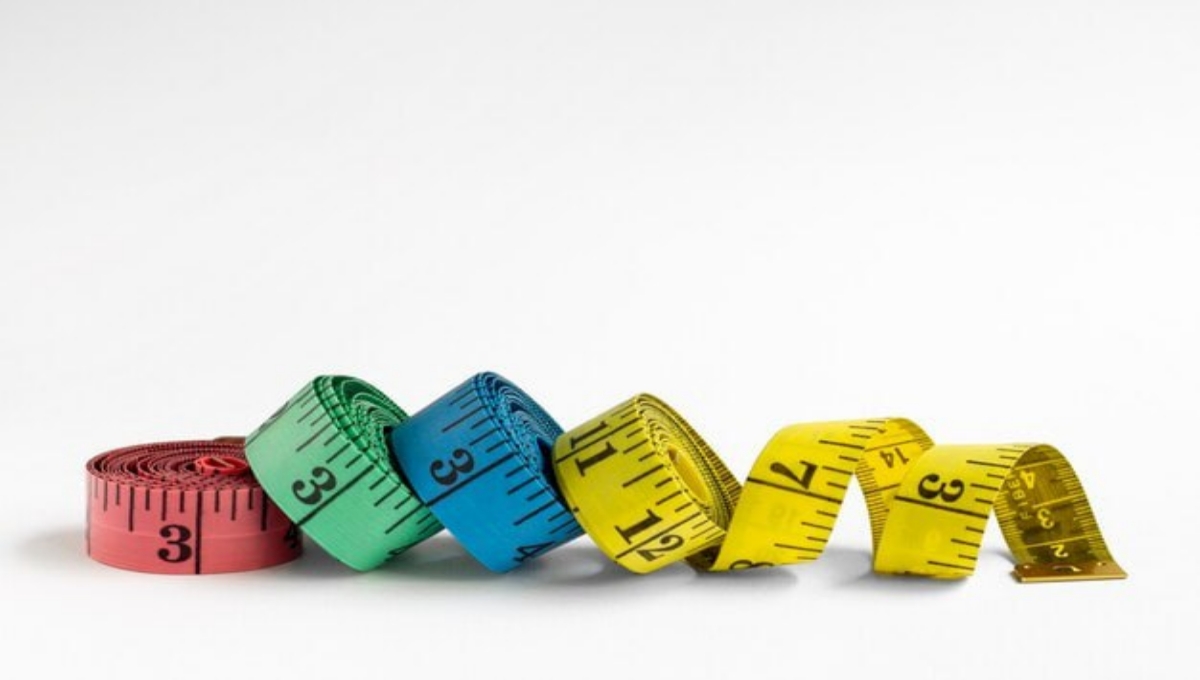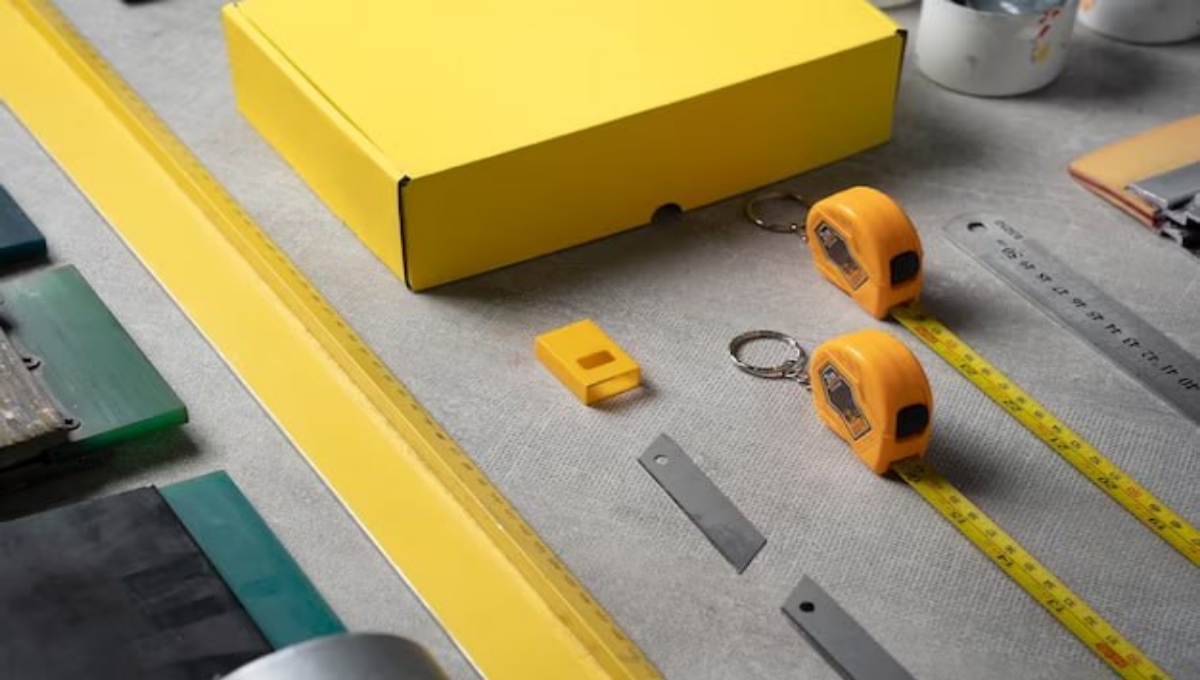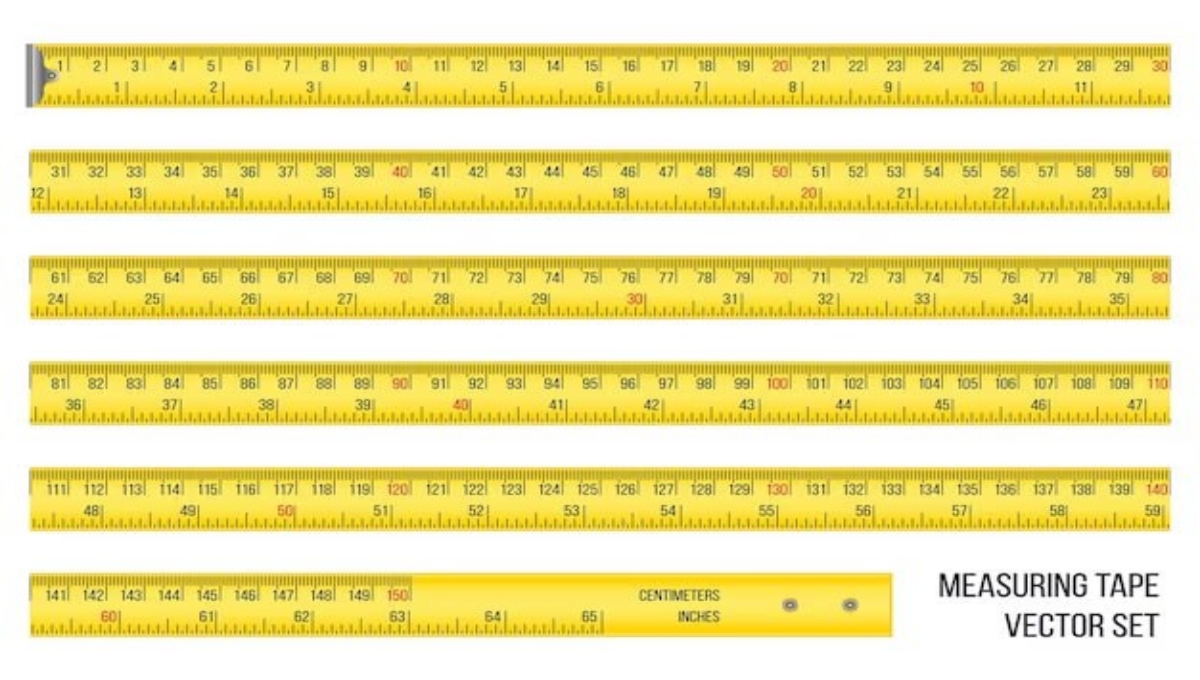To read a 5/8 measure tape, locate the larger 1/2-inch mark, then find the next smaller mark. This is the 5/8-inch point, precisely between the 1/2-inch and 3/4-inch marks.
Navigating the intricacies of a tape measure ensures precision in DIY projects, construction work, or any task requiring accurate linear measurement. Tape measures are indispensable tools in various trades, providing users with the means to quantify lengths with remarkable exactitude.
Mastering the skill of reading measurements, especially the less common fractions like 5/8 of an inch, can save time and reduce errors. The presence of distinct incremental markings along the tape measure’s length simplifies this task, aiding quick identification of specific measurements. Understanding these marks is critical for ensuring that measurements are both quick and precise, an essential aspect for professionals and hobbyists alike. By becoming adept at reading a tape measure, you foster accuracy and efficiency in all your measuring endeavors.
Decoding The Mystery
Imagine a tool that helps you achieve precision in every project. A tape measure is that tool. Yet, reading it can sometimes feel like cracking a secret code. Let’s simplify the process and unlock the ability to read a 5/8 measure tape, quickly and easily.
Identifying The 5/8 Inch Mark
First things first, find the inch marks on your tape measure; these are the longest lines. Now, observe the smaller marks between them. Each inch is typically divided into 16 equal parts. Spot the line that’s just past the halfway mark between the 0 and the 1-inch line — that’s the 5/8-inch mark. It’s the eighth small line after the 1/2-inch mark.
Symbols And Abbreviations
Some tape measures have symbols and abbreviations to help. Look for these clues:
- “in” or a double prime symbol (“) means inches.
- “ft” or a single prime symbol (‘) indicates feet.
Keep in mind, not all tape measures have these helpful hints. With practice, you’ll read any tape measure like a pro. Look for the bold numbers for whole inches and the smaller ones for fractions.
The Anatomy Of A Tape Measure
Mastering the tape measure is a must for any DIY enthusiast or professional. Understand the key components and standard markings of a 5/8-inch measure tape, and reading measurements becomes a breeze. No more guesswork or endless counting of those tiny lines!
Key Components
- End Hook: The metal tip that ensures accuracy.
- Lock: Secures the blade at a measured length.
- Blade: The main length of the tape with printed measurements.
- Spring: Automatically retracts the blade.
- Case: Protects the blade and inner mechanism.
- Thumb Stop: Controls tape extend and retract.
Standard Markings
The key to precision lies in interpreting the tape’s standardized markings. Here’s what they represent:
| Length | Markings |
|---|---|
| 1 Inch | The longest line, often in bold. |
| 1/2 Inch | Second longest line, halfway between inch marks. |
| 1/4 Inch | Mid-sized line, each fourth of the way. |
| 1/8 Inch | Shorter line, each eighth of the way. |
| 1/16 Inch | Smallest line, every sixteenth of an inch. |
Master these basics and swiftly read any measuring tape with confidence.
Mastering The Fractions
Mastering the fractions on a 5/8 measure tape can seem daunting at first. With a bit of knowledge and practice, it’s quite simple. Measure tapes commonly display inches and their subdivisions. Let’s dive into understanding these smaller increments with ease.
Breaking Down The Smaller Increments
Each inch on a measuring tape is divided into smaller parts. Here’s how:
- 1/2 inch: The longest line after the inch mark.
- 1/4 inch: The next longest lines, halfway between the inches and 1/2 marks.
- 1/8 inch: Short lines between the 1/4 inch marks.
There are eight 1/8 inch marks in a full inch, making it easy to read measurements like 5/8 inch.
Visual Aids And Tricks
Use visual cues to identify fractions quickly:
| Line Length | Fraction of an Inch |
|---|---|
| Longest line after an inch | 1/2 inch |
| Next longest lines | 1/4 inch |
| Shorter lines | 1/8 inch |
Remember these tricks:
- Picture each 1/8 inch as one slice of a pie cut into eight pieces.
- Find the 1/2 inch mark easily – it’s right at half of your tape’s width.
- Count the 1/8 inch increments from the nearest inch or 1/2 inch mark to reach 5/8 inch.
With practice, you’ll read 5/8 inch on a tape measure in seconds!
Practical Applications
Mastering the 5/8 inch measure tape is a skill that can save time and frustration on various projects.
Common Uses In Projects
Every handy person knows the value of precise measurements.
- Framing: When building a house, every cut must be perfect.
- Sewing: For a perfect fit, accurate fabric measurements are vital.
- Crafting: A well-measured project becomes a masterpiece.
- Furniture Making: The difference between fitting and not can be less than an inch.
Measurement Accuracy Tips
Achieving measurement accuracy ensures the success of any project.
- Always start measuring from the two-inch mark to avoid hook errors.
- Use the tape’s locking mechanism to prevent slipping.
- Read to the nearest line for maximum precision.
- Confirm measurements at least twice before cutting.
Remember, an accurate read from your measure tape could make or break a project’s outcome.
Frequent Mistakes To Avoid
Understanding how to read a 5/8 measure tape can seem daunting, but it’s a skill that can be mastered quickly. Avoid these common mistakes and you’ll be measuring like a pro in no time.
Reading Errors
One of the key mistakes to avoid is incorrect reading. Let’s break it down:
- Ignoring The Markings: Each line on the tape measure represents a specific length.
- Avoid just glancing at the tape; focus on where the line you’re reading falls.
- Remember, the longest line is the inch mark; shorter lines may represent eighths, sixteenths, or thirty-seconds of an inch.
Take a second look to confirm the measurement. This helps to prevent any misinterpretation. Use a pencil to mark your spot—this keeps your measurement precise.
Misinterpreting The Scales
Another frequent error occurs with scale misinterpretation:
| Scale Type | Description | Common Uses |
|---|---|---|
| Standard | The main, longer markings denote inches or centimeters. | General measuring needs. |
| Fractional | Usually includes smaller lines for fractions of an inch. | Precision work such as woodworking. |
| Engineering | Tends to be in tenths of an inch for technical plans. | Civil engineering and surveying. |
Don’t confuse these scales. Check if the tape measure is in inches or centimeters before starting. Always double-check which scale you need for your specific project.
FAQs About 5/8 Measure Tape
What Is A 5/8 Measure Tape?
A 5/8 measure tape is a measuring tool with increments marked at every five-eighths of an inch for precise measurements.
How Do You Read Measurements On Tape?
To read measurements on a tape, observe the length in inches at the endpoint and note any smaller increment lines for precise measurement.
Can You Quickly Measure With A 5/8 Tape?
Yes, quick measurements are possible by quickly aligning the tape’s marked increments with the object’s end being measured.
Why Use A 5/8 measure tape?
A 5/8-inch tape measure provides greater accuracy for projects requiring precise measurements smaller than whole inches.
What Makes A 5/8 Tape Measure Unique?
The 5/8 tape measure’s uniqueness lies in its finer measurement lines, which cater to detailed work where standard tapes might be too coarse.
Conclusion
Mastering the 5/8 measure tape is simpler than it seems. With this guide, you’re now armed to tackle any project that comes your way. Remember, practice is key. Measure twice, cut once, and always ensure accuracy. Dive into your next task with confidence—your newly honed skills are ready for the test!







Pingback: How to Use Braeburn Thermostat: Easy Setup Guide - Digital Deluxury